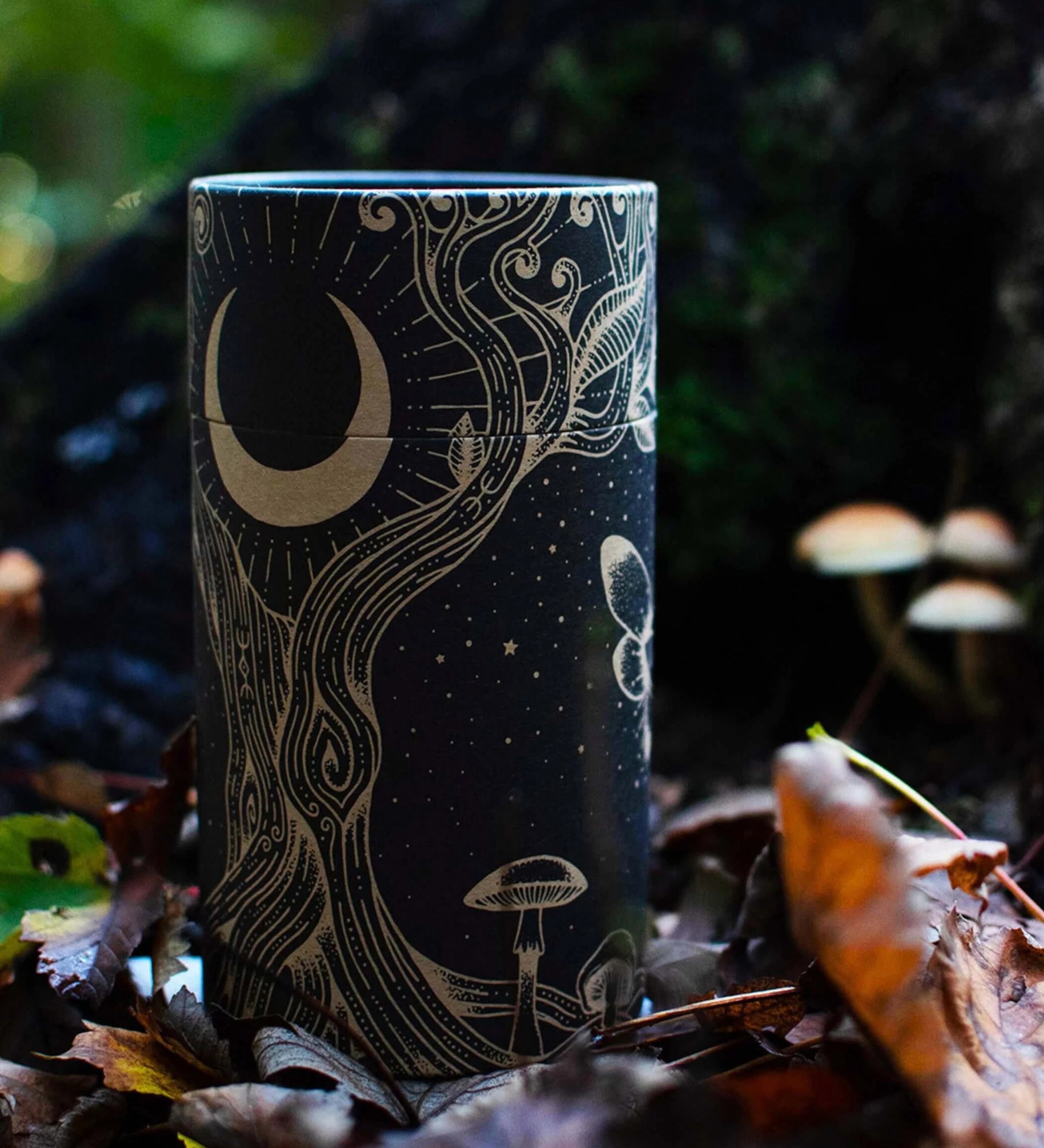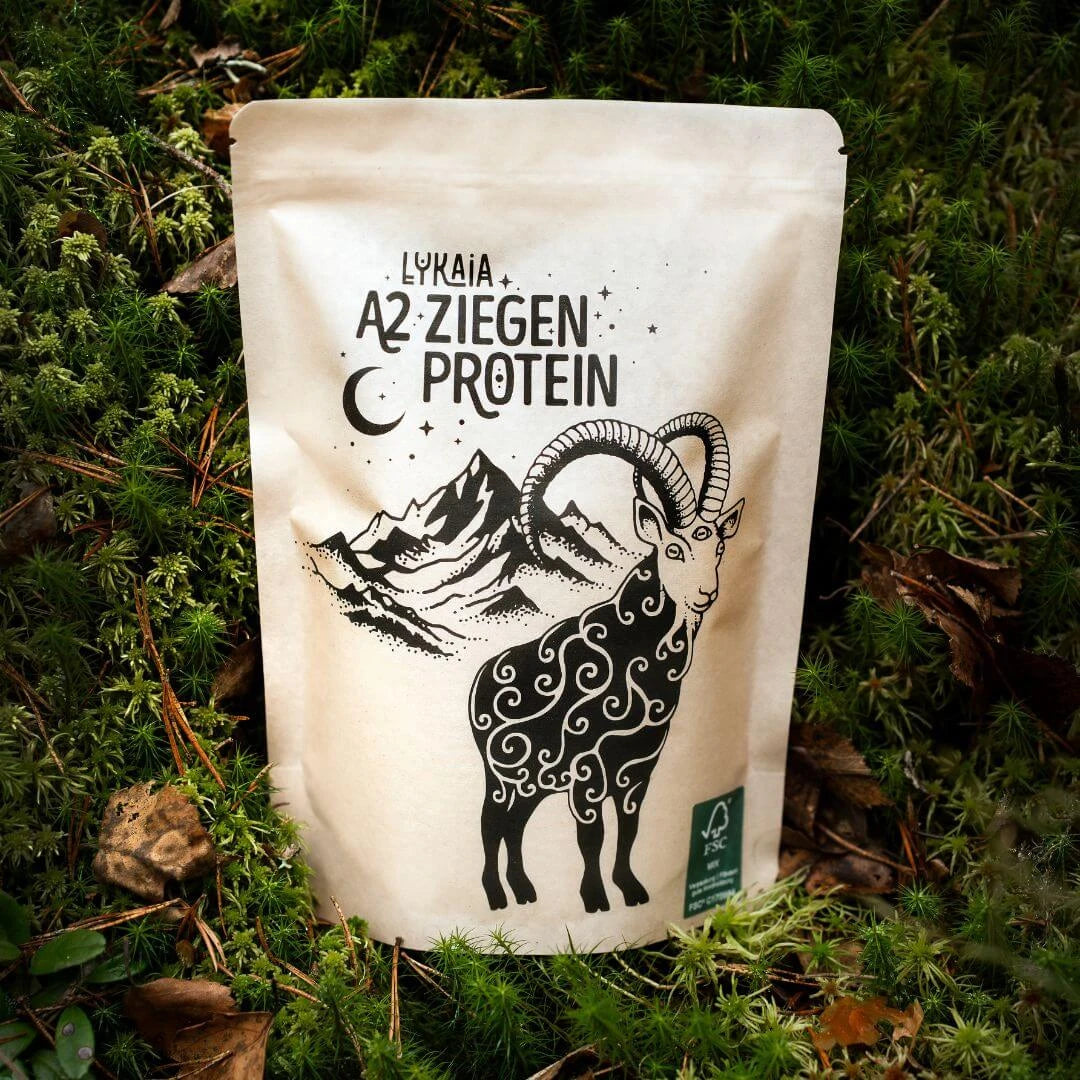How do I eat if I have histamine intolerance?

What is histamine intolerance?
Histamine intolerance ? “What is that?” Maybe you don’t know it. Many of my nutritional advice clients do the same until they are suddenly confronted with the issue on their own bodies. Very simple: It is a hypersensitivity to histamine , a protein (biogenic amine) that is found in many foods and is produced by our body itself .
How is histamine broken down in the body?
When someone has histamine intolerance , it means that their body cannot break down histamine efficiently or is producing too much of it. This is often due to a deficiency of an enzyme called diamine oxidase (DAO). Without enough DAO , histamine builds up in the body . This leads to a variety of allergy-like symptoms . One often speaks of histamine intolerance .
Typical symptoms of histamine intolerance:
- Rashes on the neck, face, knees, arms, chest (also called “hives”)
- (accompanied by) itching
- Difficulty breathing (also due to internal wheal formation)
- nausea
- Gastrointestinal complaints
- Headache
- Sometimes: hypotension
- In rare cases: “ histamine shock ” (black before the eyes / fainting)
Because these symptoms can occur in a variety of illnesses, histamine intolerance can sometimes be difficult to diagnose.

Excursus: Hives and histamine? What is urticaria?
A special form of histamine intolerance is urticaria , popularly known as hives . The exciting thing: Approximately one in four people suffers from hives at least once in their life. A distinction is made between acute (one-off) and chronic (persistent) hives. A one-off hives usually lasts a few days, up to a maximum of six weeks - then it never occurs again . Chronic intolerance , like general histamine intolerance, can last a lifetime .
Trigger for hives
Men in particular are affected more often than women - science has no explanation for this. The triggers are varied, but often arbitrary . Infections or allergic reactions to food, detergents and personal care products in particular are possible reasons. The surprising thing is that even if those affected have not had any allergic reaction throughout their life, the triggers mentioned can cause an acute allergic reaction to histamines. Prevention is not possible! It can meet anyone at any time. This isn't meant to scaremonger, but to illustrate how arbitrary the whole thing is.

Psychological and intense physical stress are often cited as another possible trigger for urticaria (they often occur in combination).
Symptoms of hives
The symptoms overlap very closely with those of regular histamine intolerance.
Here's an example: Shortly after his 30th birthday, one of my good friends received hives as a belated birthday present. Out of nowhere he complained of hives that lasted for several days. The rashes on the skin are the most well-known and typical symptom of hives as a reaction to histamines.
On the second night of his hives, the reaction to the histamines became so severe that he fainted – histamine shock .
With this symptom he was able to get a doctor's appointment the next morning (small consolation). For the doctor, the diagnosis was clear: hives . Dealing with it is even more unclear for those affected. “It will probably go away in a few days, they have never been allergic - that can happen - if not, they will come back.”

A short and targeted allergy test proved the assumption: unusually (exorbitantly) high histamine levels . The doctor advised paying attention to your diet in the next 7-10 days and eating foods low in histamine . The doctor explained the fainting as the internal, increased wheal formation during the first 2-3 days as an allergic reaction to the histamines.
Since my friend knew that I once suffered from histamine intolerance , he asked me that same day for advice on suitable foods and possible medications.
You can find an excerpt of possible and impossible foods to eat during histamine intolerance in the table a little further down in this article.
Back to general histamine intolerance or histamine intolerance:
How can you lower histamine levels in the body?
There are two ways to effectively treat histamine intolerance. These are not equally helpful for everyone. A combination of both approaches often proves effective . Both medication and a control of the food consumed are the most promising for the vast majority of those affected. It is important to understand that histamine intolerance is usually always treated with a low-histamine diet !
This means: the diet has to be adjusted.

Which foods help with histamine intolerance?
What contains a lot of histamine? or “Where is there a lot of histamine?”
If you have histamine intolerance, it is advisable to avoid or reduce certain foods. At the same time , histamine intolerance varies from person to person .
Some people react strongly to fish, others react strongly to alcohol. Since there are big differences here, you should definitely speak to a doctor and/or nutritionist. You can exclude various foods or emphasize other foods in your diet in order to avoid symptoms as best as possible.
Table of histamine rich and histamine poor alternatives for common foods:
|
Groceries |
Bad foods for histamine intolerance |
Alternative: Recommended diet for histamine intolerance |
|
alcohol |
Above all: red wine, sparkling wine, cocktails, herbal schnapps and beer . On the one hand due to the “aging process” of the grapes and on the other hand due to yeast extracts. |
White wine, clear schnapps. Generally: Small quantities. |
|
Meat - smoked and processed |
The general rule is: “the older the meat”, the higher the histamine content . |
Prefer fresh meat! Heat only briefly. Do not use marinades or spices. |
|
Fermented foods |
Sauerkraut, kimchi, soy sauce, but also fermented milk products and yogurt. The high amount of histidine in kimchi, for example, creates a lot of histamine. The “age” of ferments is also a problem. |
Prefer ferments with a low protein content. Small quantities. |
|
Fish & Seafood |
Generally: Smoked and marinated. The older the fish, the higher the histamine content. Particularly rich in histamine: seafood, crustaceans and all types of canned fish, such as tuna, sardines and mackerel. |
Low-histamine alternatives: Fish oil capsules and frozen fish. Generally: fresh fish – the fresher, the better. No marinades or spices. If fresh, then it works: salmon, redfish, plaice, trout. |
|
Fruit and vegetables |
Spinach, tomatoes, avocados, eggplant Generally dried fruits: raisins, dates, figs Generally old and overripe fruits: strawberries, pineapples, bananas, mangoes, papayas |
Vegetables: Asparagus, cucurbits, but also types of cabbage and leeks are possible. When it comes to salad, anything works except arugula. Fruit: Berries, such as blueberries, blackberries, cranberries and grapes. Melons, stone fruits (not dried) and apples are low in histamine. |
|
Food and beverages (highly processed) |
In general, it is important to largely avoid large amounts of additives, such as colorings and preservatives . Examples include energy drinks and heavily processed foods, such as candy, which are often responsible for histamine reactions. |
Choose foods that are natural or contain hardly any additives. (General recommendation, even if you are not intolerance to histamine). |
|
cheese (ripened) |
These include Camembert, Gorgonzola, Parmesan - similar to fish and meat, the “older” the product, the higher the histamine content |
Fresh cheese or cheese that has been ripened for a short time. Cheese releases histamine slowly, so small amounts are usually fine. |
|
Chocolate |
Low in histamines per se. Chocolate contains biogenic amines. These are mined via DAO. This leaves less DAO to break down histamines. The darker the chocolate (higher cocoa content), the more biogenic amines. |
White chocolate. Chocolate with a low cocoa content. |
|
Nuts and seeds |
Walnuts, cashews, sunflower seeds. Just like with chocolate: biogenic amines. DAO is reserved. Less histamine breakdown. |
Almonds, macadamia, pistachios and coconuts are considered low in histamine. When it comes to seeds, you can use linseed, sesame and pumpkin seeds. |
|
legumes |
Lentils, chickpeas, soybeans – low in histamine, but high in biogenic amines. |
Soak legumes in water overnight. This makes it easier to digest. |
|
Spices |
Cinnamon, chili, cloves |
Salt, ginger, turmeric, garlic |
|
Generally foods containing yeast |
Already mentioned: beer, wine, cheese But also: types of bread |
Avoid or consume in very small quantities. Yeast extracts should be particularly avoided. |
|
Vinegar and foods containing vinegar |
Mayonnaise, ketchup, dressings |
Apple and brandy vinegar |
|
Black and green tea |
Depending on the person, these can stimulate histamine release |
herbal tea |
|
Coffee |
Caffeine in coffee can release histamines. The same problem applies here as with chocolate. Caffeine also contains biogenic amines. This means that the body's own DAO is kept busy and less histamine can be broken down. |
Soluble coffee with little caffeine. Coffee alternatives, such as Chaga or Lion's Mane, which have no caffeine. |

Once again: The tolerance of the foods mentioned can vary completely from person to person.
If you suspect histamine intolerance , please see a doctor and/or nutritionist as soon as possible. They can give you helpful tips and look at your individual situation!
What if changing your diet helps little or not at all?
Medication for histamine intolerance:
Note: I and the Lykaia team are not doctors. In this section I will give you a little insight into my own experiences, as well as those of my friends and customers.
If you cannot get your histamine intolerance under control by controlling the foods you eat, various medications prove to be helpful.
In any case, I recommend that you speak to a doctor before experimenting. Although you now know how you react to histamines, you don't yet know how you react to different medications. Doctors have the best possible knowledge of how it works, side effects and your body.
My recommendation: Try to only use medication when you really need it. In most cases, the treatment of histamine intolerance works primarily through a low-histamine diet !

First discuss with your doctor whether gradually adjusting your diet can reduce histamine intolerance to such an extent that you do not have to rely on tablets. If you suffer from severe histamine hypersensitivity , antihistamines can make your life easier.
If you can't do without it:
- Many attribute promising effects to loratadine .
- Cetirizine is often touted as a powerful histamine “breaker.” Unfortunately, many complain about side effects.
- Cromoglicic acid is considered to be proven to relieve symptoms.
- Alternatively, there are tablets that contain DAO, which stimulates the breakdown of histamine in the short term.
Reminder: consult a doctor before trying any medication.
For the sake of completeness, however, I would like to say that in some cases it may be advisable to resort to medication. In my experience, strict dietary adjustments help many people. Medication can make this process easier.
Conclusion: Histamine Intolerance – What can I eat?
As you can see, the topic of histamine intolerance is a complex one - especially when it comes to diet. Three different people can have persistent histamine intolerance and react to completely different foods .
In practice, it has been shown that alternating reduction/removal of various histamine-rich foods has the best long-term success. This means: test yourself and find foods that work for you. (Yes, unfortunately, no special trick – no shortcut).
Don't be intimidated by the long list of histamine-rich foods . You may still be able to eat your favorite foods if you generally pay attention to your histamine intake . Maybe you can cut down on energy drinks? Maybe from now on you'll focus more on fresh meat, fresh fish and the right fresh fruits? In some cases, this can quickly provide relief.
For many people, completely abstaining from alcohol helps. Between us: Alcohol has no added value as a nutrient for your body. However, the histamine reaction is very high in most cases. Maybe turn that glass of red wine in the evening into a glass of white wine at the weekend. A small price to pay for fewer symptoms.

Good luck reducing your histamines.
If you have any questions, please feel free to contact me and the Lykaia team. Even though none of us are doctors, we have been able to support many people through histamine intolerance with an adapted diet. Even among close friends in the form of histamine intolerance or hives.
Your Lykaia team!
1 comment








Ich danke für den tollen und aufschlussreichen Bericht.Bin im Moment schwer betroffen und auf dem Boden der Tatsachen, Histamin Unverträglichkeit, angekommen 😔 danke euch allen 👍